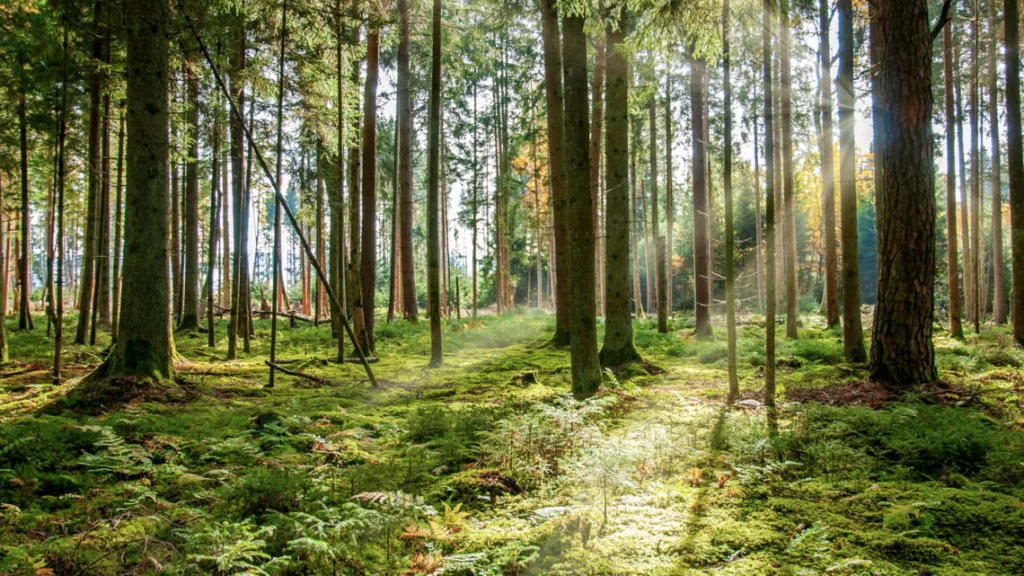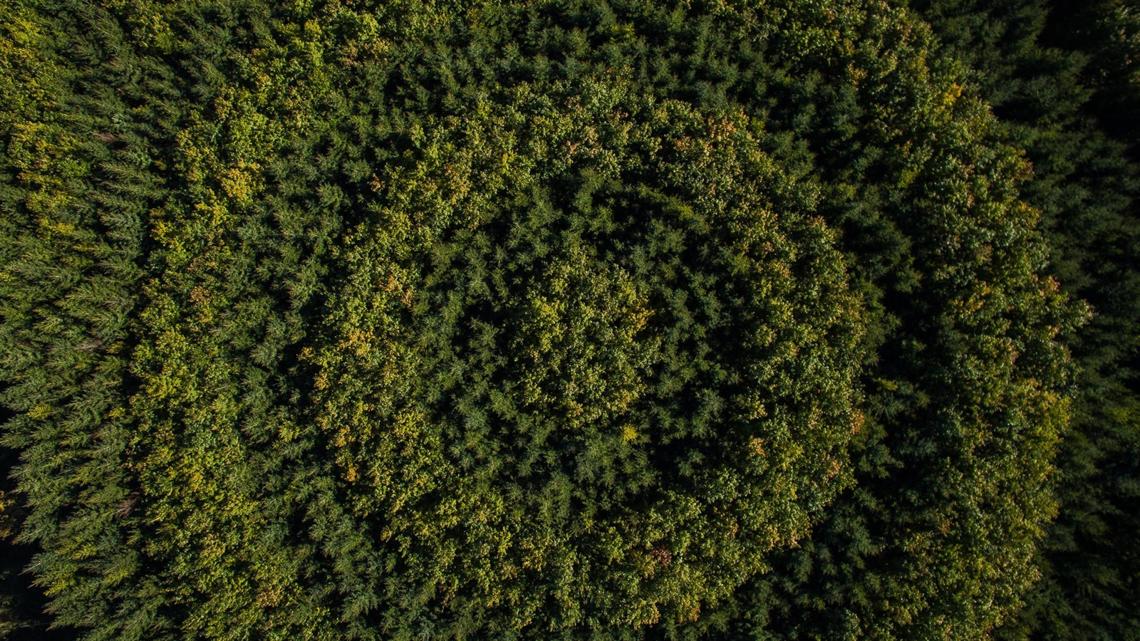Authors
Angela Graham-Brown
Before the global pandemic severely disrupted ways of life, world leaders had declared 2020 to be a “super year for nature”, marked by several defining climate and biodiversity conferences and milestones. I believe 2020 lived up to its original designation, although not as initially planned. As we collectively experienced the unsettling effects of the pandemic and restrictions to our individual freedom, many turned to nature for solace. I still hold vivid memories of my daily breaths of fresh air and the scents of nature awakening from the long winter. Never had nature felt so soothing.
It is now emerging that this strong reconnection with nature was in fact shared by many around the word. A growing number of studies are linking the impacts of the large-scale changes in behavioral patterns, brought about by the pandemic, to enhanced consumer environmental awareness. This will likely accelerate a growing trend towards sustainable consumption and demand for “natural” products – and the rise of a circular bioeconomy.
The circular bioeconomy is an alternative low carbon economic model based on the sustainable consumption of biological resources to produce food, feed, products and energy. The model suggests we consider a time before non-renewable or fossil-based materials such as plastics, metal or concrete found their way into every aspect of daily lives. But despite many biological resources such as forests being renewable, they are not infinite. Thus, these resources must be sustainably managed, recovered and reused as much as possible.
Restoring elements of a preexisting economic model based on natural resources could seem simple, but in practice it requires fundamentally re-thinking the existing predominant “take-make-dispose” approach. This can only be achieved through tremendous innovation and collaboration between business, government, and society.
Focusing on the role of business in this equation, WBCSD recently launched a new report on the Circular bioeconomy: The business opportunity contributing to a sustainable world, in collaboration with the Boston Consulting Group (BCG) and over twenty WBCSD members from a broad range of industries. This report describes the USD $7.7 trillion economic opportunity for bio-based products by 2030, based on the increasing use of biomaterials within ten high growth industries to complement or even substitute fossil-based materials.
The forest sector lies at the heart of a transition to a low-carbon circular bioeconomy. Wood is a key source of biomass, alongside biomass from agriculture and aquaculture. As a renewable and versatile raw material, wood is turned into numerous products, thereby passing on its remarkable sustainable attributes. Indeed, products made of wood are renewable, recyclable, and importantly they store carbon for the duration of their lifetime. Through innovation, this ancient raw material is finding new applications in sectors such as packaging, construction materials, textiles, bioenergy, pharmaceuticals, or vehicle components. To seize this opportunity to effectively replace and complement fossil-based materials across many industries, the pace of innovation in the forest sector is expected to accelerate in the coming years to bring to market more innovative applications of wood.
The case studies featured in the Circular bioeconomy report show how businesses in the forest sector are innovating to meet three complementary objectives:
1) To bring wood-based alternatives to new markets: This consists in finding new applications for wood-based products to complement or replace existing materials in markets in which the forest sector does not traditionally sell. Through the uptake of wood as a raw material, these industries are advancing their individual decarbonization agenda. A good example of this is the use of dry lignin from wood to manufacture batteries for consumer electronics or electric cars. Another is the growing uptake of wood-based fibers (man-made cellulosic fibres) contributing to a more sustainable fashion industry. In the space industry, the use of wood materials is being researched as a solution to the growing issue of harmful substances left in the atmosphere by satellites.
2) To increase the uptake of wood-based materials in traditional markets: This consists of driving adoption within markets that are traditionally part of the forest sector value chain. The growing demand for engineered wood products such as cross-laminated timber (CLT) in the building and construction sector provides a good example of this. In the packaging industry, businesses are responding to the growing demand for paper board-based or corrugated packaging, and more recently 3D formed fiber, to replace the widespread us of plastics in the industry.
3) To valorize waste within the forest sector value chain: Here the focus has moved from the product to the production process, which is equally important. This consists of seeking innovative ways to reuse industrial process waste, such as carbonate sludge, either as raw material input into manufacturing or as a feedstock for other industries such as chemicals or cement.
The circular bioeconomy model is gaining momentum as an attractive business opportunity, and as an important lever to decarbonize the economy. But businesses embracing this model are often confronted with complex sustainability dilemmas, or trade-offs, such as the competition for land across different uses of biomass. The forest sector is no exception. Driven by the growing population and the bioeconomy, the demand for wood is predicted to triple by 2050, while deforestation and forest degradation remain a global concern. Society’s undeniable dependence on forests for natural resources calls for the forest sector to act as responsible stewards of these working forests to secure a continuous supply of sustainable materials and products.
Over the past 20 years, forest certification has grown to cover approximately 11% of the total forest area and has become the reference to verify responsible forest management and sourcing practices. But to meet the growing demand for wood, more of the world’s productive forest needs to be brought under sustainable management. To guide businesses in navigating these trade-offs across the full life cycle of a product, WBCSD and BCG developed criteria to help assess the sustainability performance and economic viability of products from the circular bioeconomy through holistic assessments.
The Circular bioeconomy report explains how companies embracing this new business model face considerable hurdles related to costs, technology, policy and consumer perception. On the latter two, the pandemic has opened a window of opportunity for the emerging circular bioeconomy to grow. Consumers are more ready than ever [NF4] to value sustainable nature-based products; and governments are facing a unique opportunity to invest their stimulus spending in ways that will allow this new economic model to flourish. Businesses alone will not be able to generate lasting change across all sectors. Regulators, investors and consumers must also support this journey toward closing resource loops. So now is as good a time as any to grow awareness of this silent revolution already in motion.
Angela Graham-Brown is Lead, Forest Solutions Group at WBCSD
WBCSD news articles and insights may be republished in accordance with the Creative Commons Attribution-NonCommercial-NoDerivatives 4.0 International Public License, and in accordance with our Privacy Policy. All Content must be featured with due credits.
Related
Content

TNFD releases proposed disclosure metrics for the forest sector
19 September, 2023

The EU Digital Product Passport: how can companies prepare for it today?
24 January, 2023

COP15 reflections: how is business stepping up to implement the Global Biodiversity Framework (GBF)
20 December, 2022
